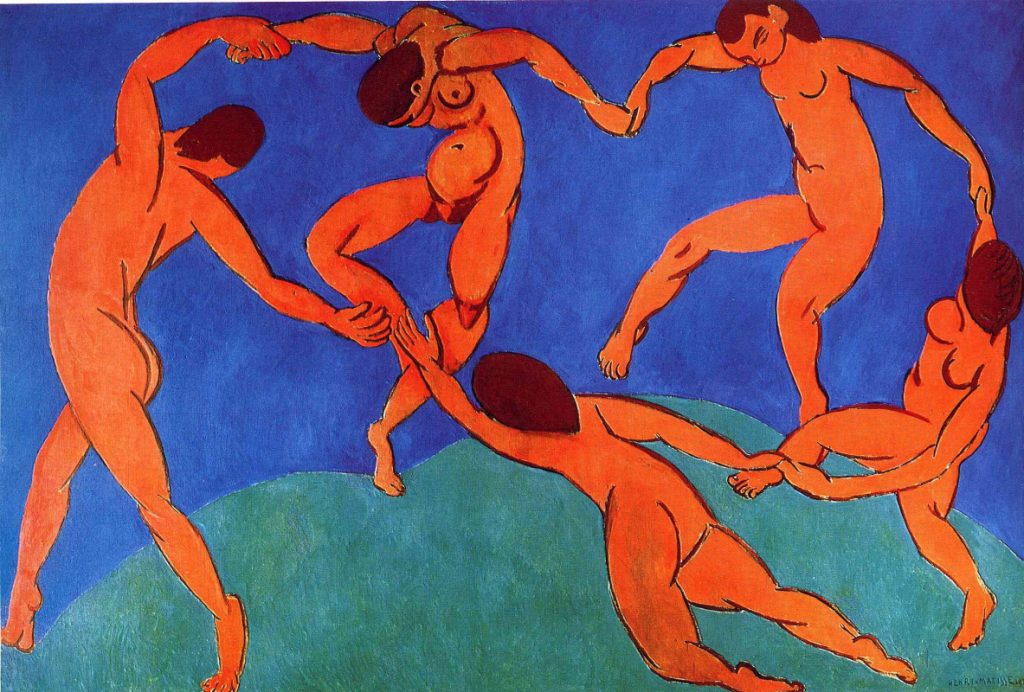The impact of pedagogy focused on play on the inclusive academic and professional work environment in spatial design disciplines. Exploring the role of embodying atmospheres through play and shaping the built environment for human interaction.
The ARP responds to a question of what driving element is needed to revitalize the current state of standardized architectural environment? The project argues that play as a teaching tool would entail many benefits on the understanding of the relationship between people and built environment and its inhabitants.
In turn, the hypothesis proposes that embodying atmospheres would become such tools necessary to initiate the change in architectural environment, both professional and personal. Subsequently, teaching approach of Bauhaus School of Architecture and teaching concepts of Rudolph Steiner were investigated.
In tandem with the theoretical research, this includes a documented design workshop, articulated through visual representations.
*
My academic background encompasses lecturing in Interior Design at both the undergraduate level at Chelsea College of Arts and the postgraduate level at the Royal College of Art (RCA). Additionally, I have run and overseen various architecture and design summer schools.
Through my pedagogical experiences spanning across graduate and postgraduate courses, I have recognized the fundamental importance of incorporating the concept of play early in the formative stages, be it within the initial year of the Bachelor’s program or the initial months of the Master’s program. This pedagogical strategy (in development, and in my professional spectrum of focus and further interest) serves to cultivate a holistic understanding among students of spatial design related courses, fostering, too, a sense of both studentship and peership, and collaboration overall.

notes on play:
Henri Matisse’s “Dance” can be interpreted through the lens of play as a manifestation of joyous and dynamic movement. The figures in the composition appear to engage in a harmonious dance. They are in a circle and holding hands, evoking a sense of harmony and equality. Matisse captures the essence of play by imbuing the scene with vibrant colours, flowing lines, and a lack of rigid structure, allowing the figures to express themselves freely in spontaneity and playfulness.
The rhythmic and dynamic arrangement of the dancers suggests a celebration of life and the sheer pleasure of movement. The play of light and colour enhances the sense of vitality, inviting viewers to participate in the playfulness of the scene. Matisse’s “Dance” can thus be seen as a visual embodiment of the liberating and uplifting qualities associated with play, offering a glimpse into a world where creativity, expression, and movement converge in a harmonious dance of life.